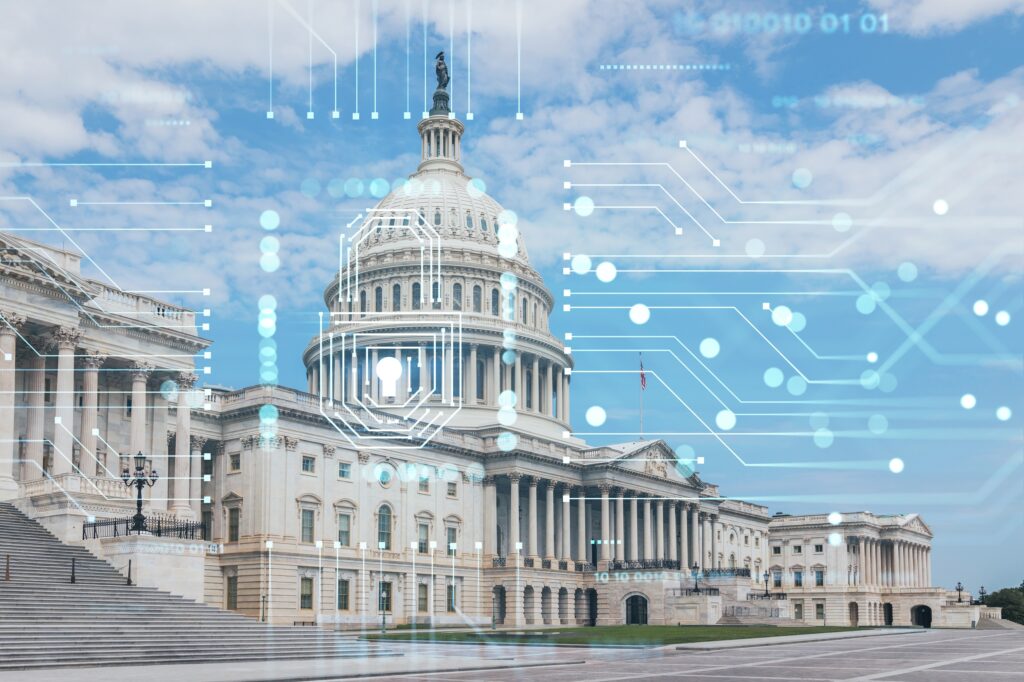On Education, Sanders Is Saying the Quiet Part Loud. Very Loud.
In rolling out his presidential campaign’s education priorities, U.S. Senator Bernie Sanders launched a broadside against charter schools. The attack was disappointing, but at least revealing. It helps us better appreciate Sanders’ chariness toward localism and pluralism and his preference for uniform solutions and consolidated government power. It also encourages us to wonder if any of his opponents for the Democratic nomination will mount a defense of America’s traditions of decentralization, differentiation, and a robust civil society.
Much of Sanders’ education plan seems aimed at pushing left the outer boundary of the Democrat’s schools agenda: He condemns recent “savage” education cuts and promises more funding, higher teacher salaries, and tuition-free college. He wants more after-school programs and free meals for all students. He wants to “green the nation’s schools” and spend more on school infrastructure.
None of this is especially surprising if you follow the conversations of the most progressive education advocates. But Sanders’ hostility to charters was conspicuous.
Charters have been a godsend for countless disadvantaged families. They’ve provided options to students assigned to persistently underperforming and unsafe schools. Many charters have achieved astonishing results, lifting test scores and helping low-income kids go to college. Moreover, charters are disproportionately chosen—and are more strongly supported—by minority families. Approximately 60 percent of charter students are black or Hispanic (nearly 50 percent higher than in traditional public schools), and a majority of black and Hispanic Democratic voters have a favorable view of charters—higher than white Democratic voters.
Charters are now an established element of American public education. They’ve been around for nearly 30 years; the nation’s 7,000 charters are spread across 44 states and Washington, D.C., and they educate more than 3 million students. Unfortunately, Sanders’ plan caricatures those successes. Although charters have often aspired to help the underserved, Sanders plan frames them as a tool of billionaires and “private equity and hedge fund executives.” Although charters are public schools, the plan describes them as part of a privatizing agenda. Although charters have explicit performance contracts, can be closed for underperformance, and are subject to myriad reporting requirements, the plan says they are “led by unaccountable, private bodies.” And although charters can come into being only after authorization by a state-approved body and are embraced by so many parents and neighborhoods, the plan cites alleged “damage to communities caused by unregulated charter school growth.”
Sanders’ plan can give the impression that he and his team aren’t all that familiar with charters—indeed, Sanders represents one of the few states left without a charter school law. But it would be naïve to attribute the plan’s tendentiousness to ignorance. Chartering, in fundamental ways, runs counter to the muscular, homogenizing state that Sanders envisions. For a century, American public education meant that, for each geographic area, a single government body would control all public schools and assign children to schools based on their home addresses. This approach is not unreasonable; it promises efficiency, protects democratic control, and aims at uniformity of educational opportunities.
But experience has shown that this model also has downsides. It relies heavily on the “experts” that run the monopoly system; it can stymie change and discount the views of those dissenting from the local democratic majority; and families lacking the resources to afford private-school tuition or a home in a different school district can be consigned to a school that isn’t working. Chartering sought to solve these problems by opening a new sector inside of public education. It enabled a range of non-governmental bodies to run different types of public schools, and it allowed families to select which schools best fit the needs of their kids. For those who love localism, pluralism, and a robust civil society, chartering’s contributions are invaluable. Today, in many cities, scores of nonprofits with various missions and approaches are operating different types of choice-based public schools.
But history has taught us that statists of different stripes oppose this kind of diversity. An energetic civil society made up of an expansive assortment of active community-based groups enables citizens and neighborhoods to live according to different visions of the good life and invest their loyalties, resources, and energies not in the state but in numerous voluntary associations. This, of course, thwarts the ambitions of those hoping to use state power to force a single vision of rationality and justice across the entire land.
We need to keep in mind that a commonality among many centralizing regimes — whether led by socialist revolutionaries, populist authoritarians, or even those authoring the French “Declaration of the Rights of Man and of the Citizen” in 1789 — is the undermining of the mediating bodies of civil society. Such groups can be regulated, harassed, forced to obtain state approval, or outright banned. We should not forget that as mayor of Burlington, Vermont, Sanders gave an infamous speech explaining that he didn’t believe in private charities, questioning the premises on which charity is based, and arguing that government should take over social programs. And it should not escape our attention that Sanders’ plan calls for “halting the use of public funds to underwrite new charter schools,” is a not-too-subtle reference to the small federal program that disburses short-term grants to an ever-growing constellation of independent nonprofits working to launch new charters.
If you believe that government is the only legitimate way to do things together — that is, you ignore or deprecate the role our expansive web of non-governmental voluntary associations play in achieving social ends—then chartering is a frightening enterprise. Hence, Sanders’ attack on charters should be understood as the natural consequence of a political worldview. Those who believe that only elite, powerful technocrats can bring about human flourishing and justice will inevitably find unpersuasive, or even dangerous, appeals to pluralism, localism, and a dynamic civil society. If Sanders is skeptical of private charities and chartering, it’s worth considering how he’d handle policies related to social services, housing, health care, transportation, and faith-based organizations.
But it’s also worth keeping an eye on how other contenders for the Democratic nomination come down on the broader philosophical issue raised by Sanders’ position: Do we need more best-and-brightest government officials, especially at the federal level, to swiftly, uniformly and decisively give us the right answers?
Or does America’s great diversity, commitment to liberty and traditional reliance on an active civil society, combined with our current struggles with polarization and alienation, argue for more decentralization and nongovernmental activity? That is, is it time to relinquish power to individuals and communities so they can define and pursue the good life themselves?
These are the types of questions that used to define elections. Here’s hoping they will again someday soon.
Image credit: YASAMIN JAFARI TEHRANI









